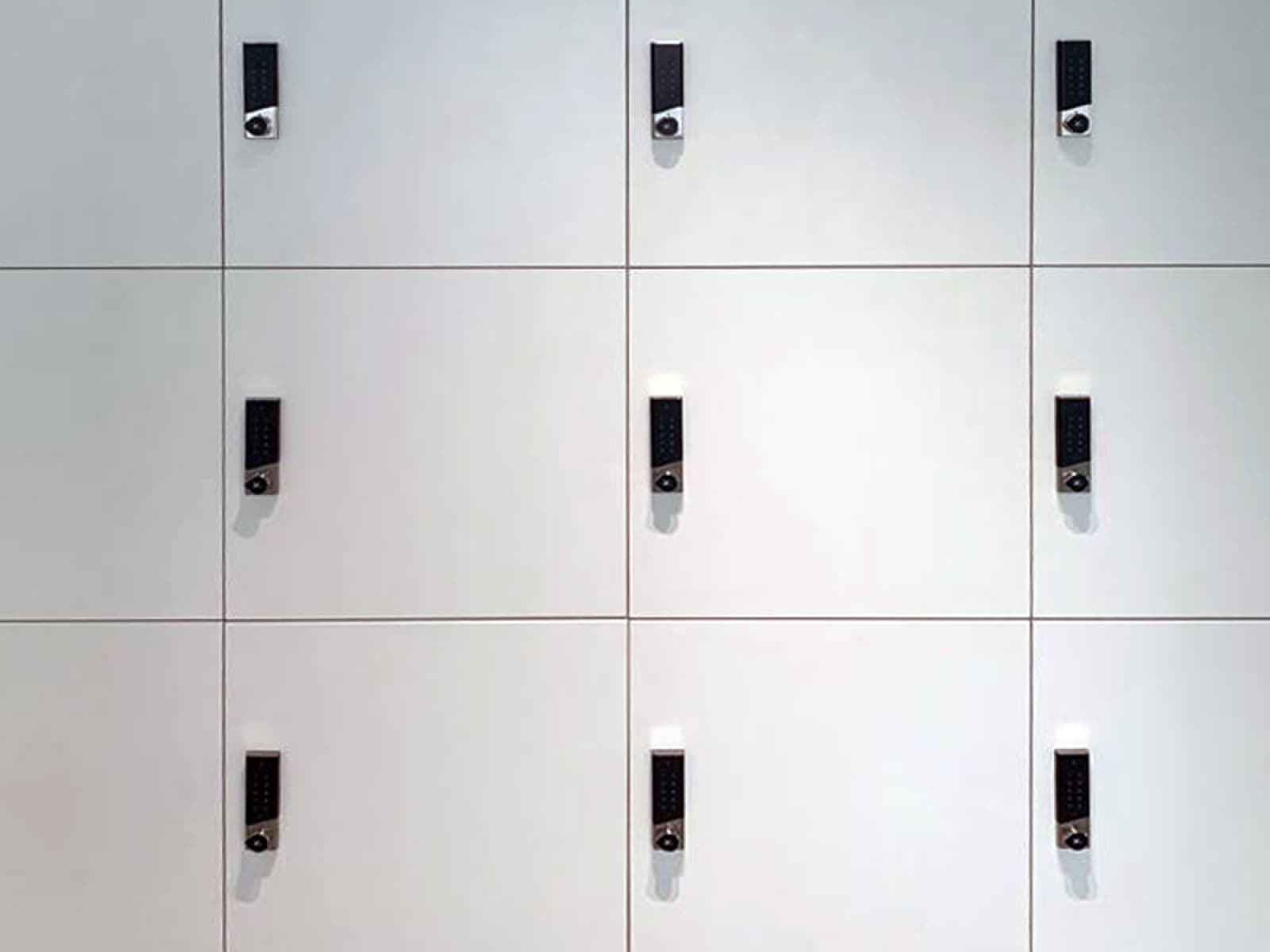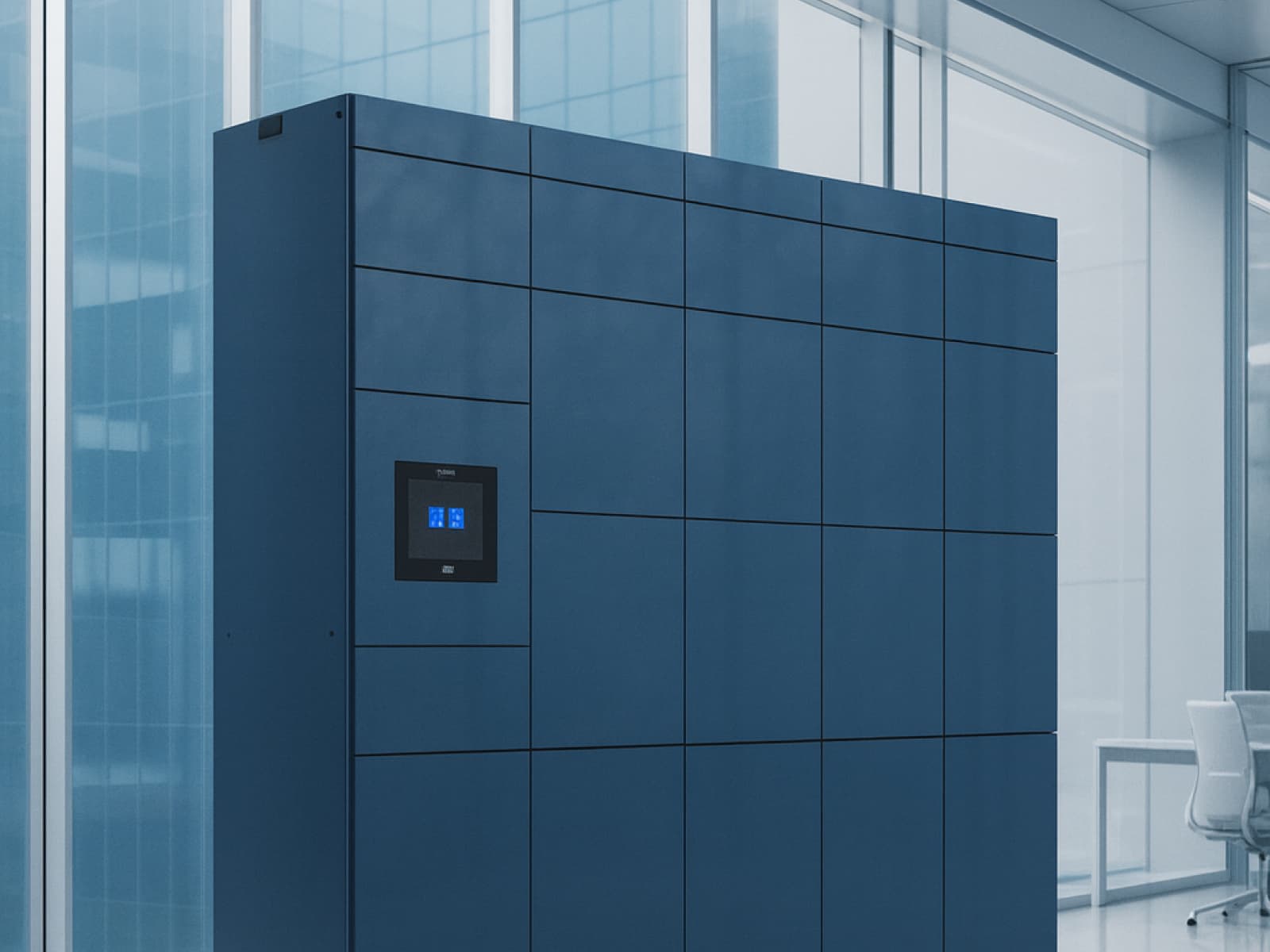Unlocking the Power of Battery Locking: Secure, Reliable, and Sustainable
Battery locking technology has revolutionized the way we interact with and secure batteries, making it a game-changer in the world of portable power. This article takes an in-depth look at battery locking, exploring its functionality, the array of benefits it offers, and its potential applications across various devices. Join us as we delve into the world of battery locking to uncover its remarkable advantages and its role in enhancing our daily lives.
Understanding Battery Locking
To truly appreciate the advantages of battery locking, it's crucial to grasp its essence. At its core, battery locking is a mechanism that establishes a secure connection between the battery and the device, ensuring a dependable and stable power supply. It eliminates the risk of accidental disconnection, providing uninterrupted performance when you need it the most.But what exactly is battery locking and how does it work? Let's dive deeper into this fascinating mechanism.Battery locking goes beyond just a simple connection; it offers a world of convenience and peace of mind. Imagine being in the middle of an important phone call or working on a crucial project, and suddenly your device shuts down due to a loose battery connection. With battery locking, this scenario becomes a thing of the past.So, how does battery locking achieve this level of security and reliability? Let's explore the inner workings of this innovative technology.
The Advantages of Battery Locking
Battery locking offers a multitude of benefits that make it the preferred choice for consumers and manufacturers alike. Let's delve deeper into the advantages this innovative technology brings to the table.Enhanced Security Measures: With battery locking in place, the risk of theft or unauthorized access to the battery is significantly reduced. This added layer of security prevents potential safety hazards and ensures that your device is protected from unauthorized tampering.Imagine a scenario where you accidentally leave your device unattended in a public place. Without battery locking, someone could easily remove the battery and gain access to your personal data. However, with battery locking, you can have peace of mind knowing that your device is secure and your information is protected.Prolonged Battery Life: Battery locking also plays a vital role in extending the lifespan of your battery. The secure connection eliminates any loose contacts or vibrations that could cause internal damage, ultimately resulting in a longer-lasting battery. This not only saves you money but also reduces electronic waste.Furthermore, battery locking ensures that the battery remains firmly in place, even during rigorous activities or movements. This stability prevents unnecessary wear and tear, allowing the battery to function optimally for an extended period.Cost-Effective Solution: Battery locking offers a cost-effective solution for businesses and individuals alike. By preventing accidental disconnections, it minimizes the need for costly repairs or replacements. Additionally, the prolonged battery life translates into reduced maintenance costs, providing a win-win situation for all.Consider a business setting where multiple devices rely on batteries for their operation. Without battery locking, accidental disconnections could lead to interruptions in workflow, resulting in decreased productivity and potential financial losses. By implementing battery locking, businesses can ensure uninterrupted operations, saving both time and money.In conclusion, battery locking provides enhanced security measures, prolonged battery life, and a cost-effective solution for both consumers and manufacturers. By investing in this innovative technology, you can protect your devices, save money, and contribute to a more sustainable world.
Enhanced Security Measures
Battery locking significantly reduces the risk of theft or unauthorized access to the battery, enhancing overall security. This additional layer of protection prevents potential safety hazards and ensures your device remains safeguarded from unauthorized tampering.Imagine a scenario where you accidentally leave your device unattended in a public place. Without battery locking, someone could easily remove the battery and gain access to your personal data. However, with battery locking, you can have peace of mind knowing that your device is secure and your information is protected.Additionally, battery locking ensures that sensitive equipment, such as medical devices or industrial machinery, remains tamper-proof. This is especially critical in environments where safety and security are paramount.
The Future of Battery Locking
Technological Advancements in Battery Locking
As technology continues to evolve, battery locking is expected to see significant advancements. Intelligent locking systems combined with biometric authentication or wireless communication could revolutionize the way we interact with our devices. The future holds exciting possibilities for this innovative technology.
Potential Challenges and Solutions
While battery locking offers numerous advantages, it is essential to address potential challenges that may arise. Issues like compatibility and standardization can pose hurdles. However, with collaborative efforts and industry-wide cooperation, these challenges can be overcome, paving the way for a seamless battery locking experience.Ensuring that battery locking systems are compatible with a wide range of devices and battery types is a challenge that manufacturers are actively working to address. Standardization efforts are also underway to create universal guidelines for battery locking technology, making it easier for consumers to benefit from this innovation.
The Role of Battery Locking in Sustainable Energy Management
Beyond individual device applications, battery locking plays a crucial role in sustainable energy management. By ensuring optimal power supply and reducing energy waste, this technology contributes to a greener and more eco-friendly future. With the increasing adoption of renewable energy sources, battery locking can further enhance the efficiency of energy storage systems.In the context of renewable energy, battery locking ensures that energy storage systems remain secure and reliable. This is particularly important for storing energy generated from sources like solar panels and wind turbines. Battery locking prevents unauthorized access to these systems, safeguarding the integrity of renewable energy infrastructure.Furthermore, battery locking supports the efficient management of energy grids by stabilizing power supply and reducing fluctuations. This not only benefits individual consumers but also contributes to the overall sustainability of energy distribution networks.For more information on battery locking, visit our Battery Locking page.
FAQ about Smart Lockers
How does the Keynius locker system work?
Keynius lockers combine smart electronic locks - smart locks and battery locks - with cloud-based software and optional local controllers via our Smart Home Teacher and Students.
Locks connect via LAN or Bluetooth to the Keynius platform, allowing users to authenticate, open, and manage lockers through touchscreens, RFID, PIN, or mobile app.
Admins control access rights, monitor usage, and configure lockers remotely via the Keynius Portal.
Can I customize the locker design and materials?
Yes. We are the only smart locking provider that owns every part of our supply chain, which includes all components, hardware, cabinetry, and software. This allows us to offer the most customizable smart lockers in the industry.
Lockers are available in multiple materials and colors:
Steel, powder-coated in standard RAL colors.
Wood-based panels with extensive Egger color finishes.
HPL laminate for high-durability indoor/outdoor use.
Outdoor waterproof steel version.
Each locker supports optional side panels, bases, benches, and color branding, or vinyl wrapping, as well as your selection of lock type, connection type, and many other custom add-ons.
Is the platform cloud-based or do I need local servers?
The Keynius platform is fully cloud-managed, requiring no local servers. Hardware like Smart Home Teacher/Student units and Battery Locks connect to the cloud via LAN or Bluetooth and are configured through the Keynius Portal or App.
What authentication/access methods are supported?
Supported authentication methods include:
PIN (capacitive keypad or mobile-assigned)
RFID (MiFare, HID, NFC, Apple Wallet)
Mobile app (BLE) for remote and Bluetooth access
QR code scanning (QR Reader IP65)
Payment terminals can optionally authenticate via debit/credit contactless systems.
How secure is the system and where is the data hosted?
Hardware is certified to CE, FCC, UKCA, and RoHS standards, with IP-rated protection up to IP65 for outdoor units.
Locks feature encryption, motorized mechanisms, and mechanical overrides for fail-safe access.
All data, including access logs and credentials, is stored securely in Keynius’ EU-hosted cloud environment compliant with European data protection standards.
Can Keynius integrate with our existing software?
Yes. The system offers open APIs for integration with HR, facility, payment, or booking systems. Payment terminals support remote configuration through the Terminal API.
View our existing integrations here.
What industries or use cases is Keynius suitable for?
Keynius offers a modular, flexible design which makes it compatible for nearly every industry and use-case.
Our most common sectors include:
- Corporate offices (personal storage, hybrid desks)
- Education (student lockers, IT device storage)
- Logistics and retail (parcel and click and collect)
- Leisure, hospitality, and healthcare (staff or visitor lockers)
What’s included in the setup and onboarding process?
Every project is different and requires its own scope, but we strive to offer a consistent and repeatable solution as much as possible to streamline our effectiveness and the quality of service we're able to deliver.
1. Design phase: Configure cabinet models, lock types, and finishes.
2. Installation: Connect Smart Locks to the Smart Home or cloud (plug-and-play).
3. Software setup: Locker walls created in the Keynius Portal; access rights assigned.
4. Training: Admins and users onboarded via the app guide.
5. Support: Remote monitoring, software updates, and Keynius support line.









%201.svg)
%201.svg)
